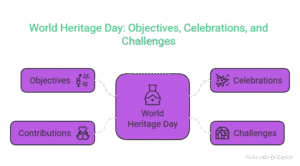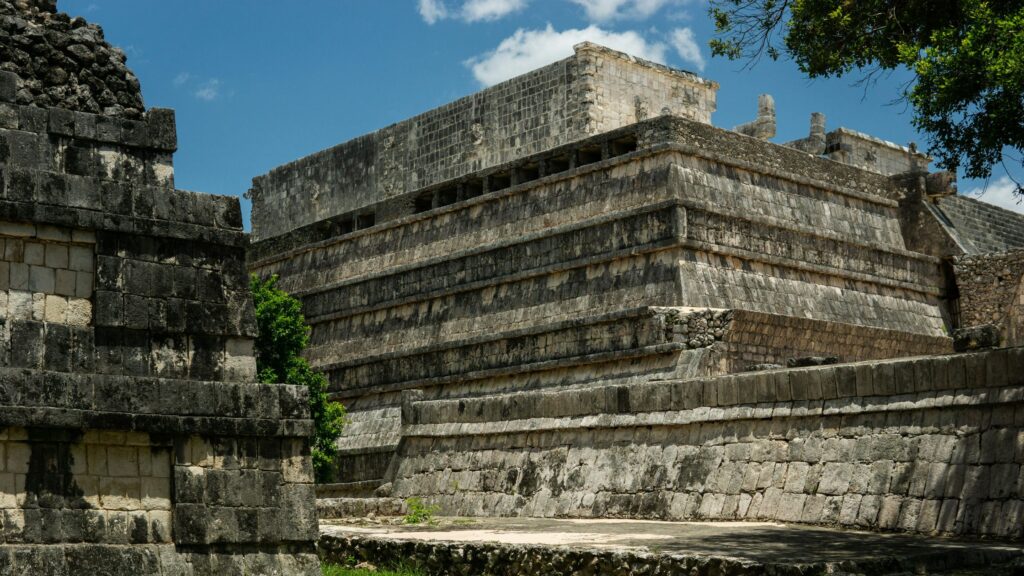Human civilization has come a long way, from the stone age to the tech-driven present. However, one thing that still links the past to the present is the monuments built by the ancient distinct cultures. And we must honour these because it helps us to understand the historical significance. It is one of the reasons why World Heritage Day is celebrated on 18 April every year.

The World Heritage Day
18 April was declared a Heritage Day by the International Council on Monuments and Sites in 1982. Later, the day was made official by UNESCO in 1983. This day aims to honour, recognize and create awareness about different cultures and their preservation. So, we all need to understand the historical significance of past monuments and treasures.
The Core Objectives
Apart from creating awareness about historical monuments, World Heritage Day also aims to educate people about cultures. This way, people can come together and discuss important issues from the lenses of the past.
- Promoting heritage conservation.
- Educating the public about cultural and historical sites.
- Encouraging participation in preserving past heritage.
- Filling cultural gaps through shared global history.
Celebrations Of The World Heritage Day Around the World
Different nations have their take on Heritage Day. However, the responsible bodies are schools, museums, and tourist departments. The nation’s government and private branches need to work together to create awareness through different events.
- Guided tours
- Exhibitions
- social campaigns and rallies
- Quizzes and trivia
- Theme based competitions
What Is The Importance Of Preserving Cultural Heritage?
Without acknowledging the past of our cultures, there is a threat of destruction and modernization. Also, the civilization is prone to losing its identity, continuity and pride. As a result, there can be a drastic impact on the tourism and economy of all nations. For example, if Europe stopped respecting their culture, why would anyone bother to travel to explore it?
UNESCO World Heritage Sites
There are over 1200 heritage sites in the world recognised by UNESCO. And the primary qualifications for a site to be recognised are its fascinating history and significance. For instance, in India, 43 UNESCO heritage sites are recognised for their cultural impact, resulting in nationwide preservation efforts.
Challenges To The Goals Of World Heritage Day
Similar to any cause, the efforts of International Day For Monuments and Sites are faced with several challenges. Therefore, there is a need for an immediate global response and international cooperation from all nations.
- Urbanization.
- War.
- Climate change.
- Natural disaster.
You Can Also Contribute To The Cause
If you’re wondering about your role or responsibility for contributing to heritage preservation, it begins with education. First, you must become aware of cultural past and heritage terminologies. Then, you can educate others by creating awareness. At the same time, individuals must support responsible tourism and be part of local cultural events. In this way, you can advocate for change and participate in preservation and sustainable development.
- Education
- Responsible tourism
- Clean-up drives
Final Thoughts On World Heritage Day
Heritage Day, celebrated annually on 18 April, aims to honour and recognize the historical significance of monuments built by ancient cultures. It promotes heritage conservation, education, and participation in preserving heritage and culture. Over 1200 UNESCO World Heritage Sites are recognized worldwide for their fascinating history and significance. Finally, contributing to heritage preservation involves education and responsible tourism.
FAQs
Why do we celebrate World Heritage Day?
The day aims to create awareness about preserving culture and national monumental treasures.
Who declared World Heritage Day?
ICOMOS declared 18 April the heritage day on 18 April, and UNESCO officialized it.

